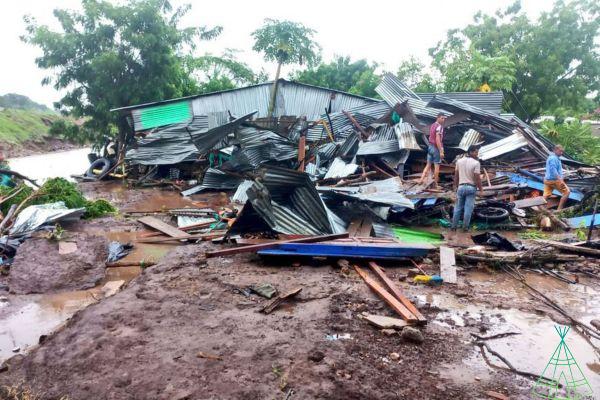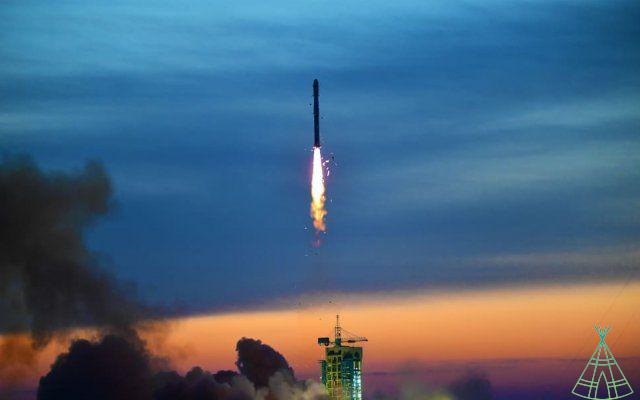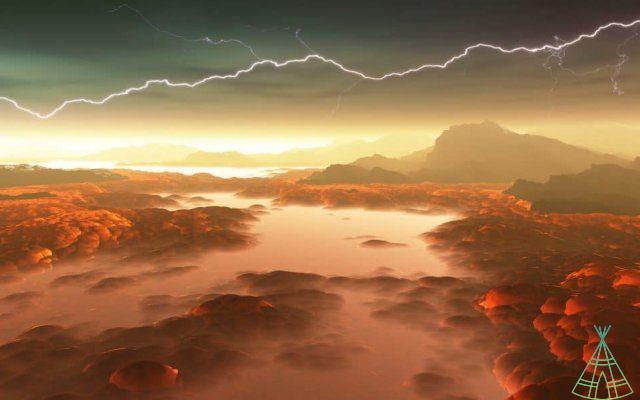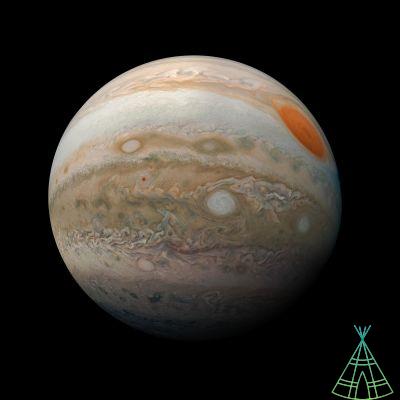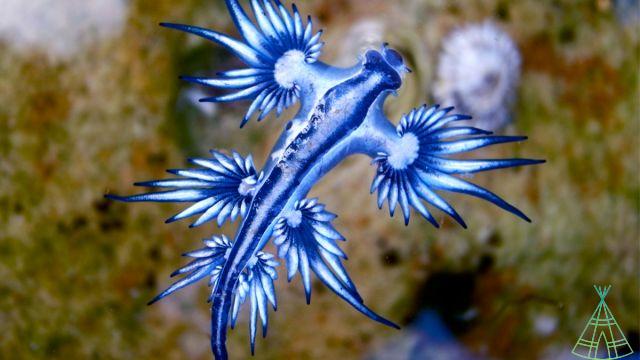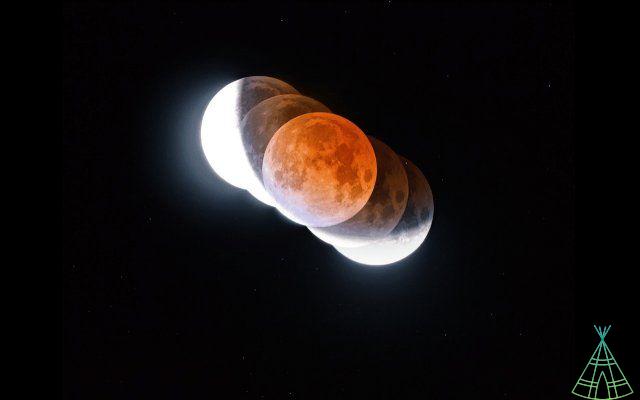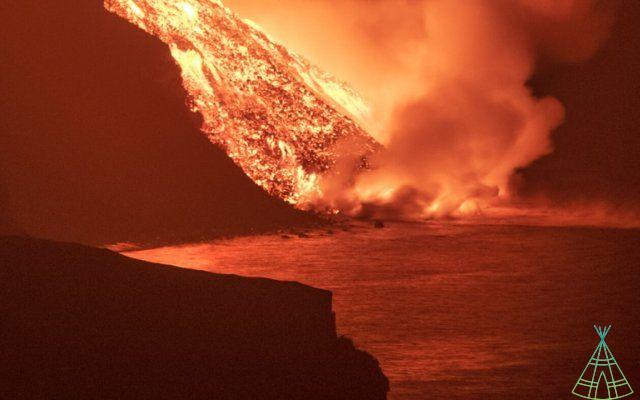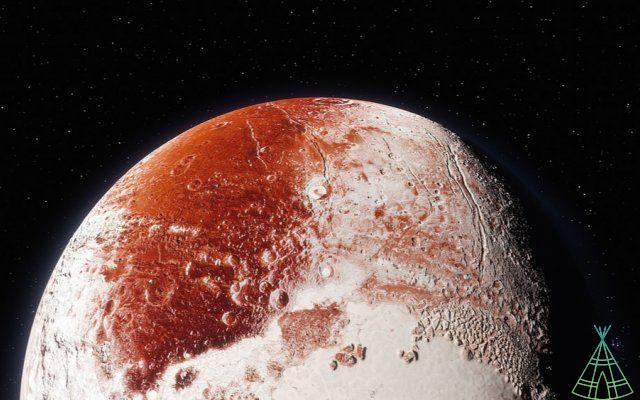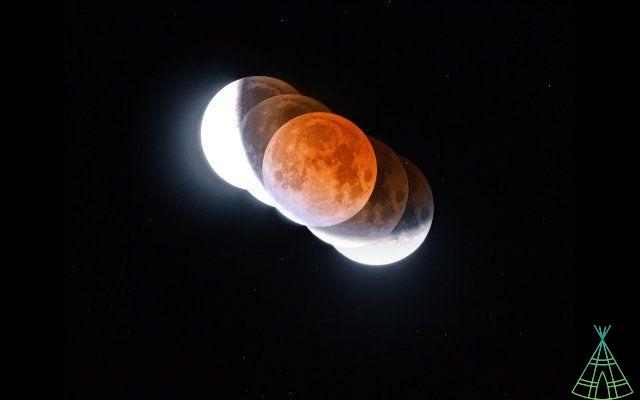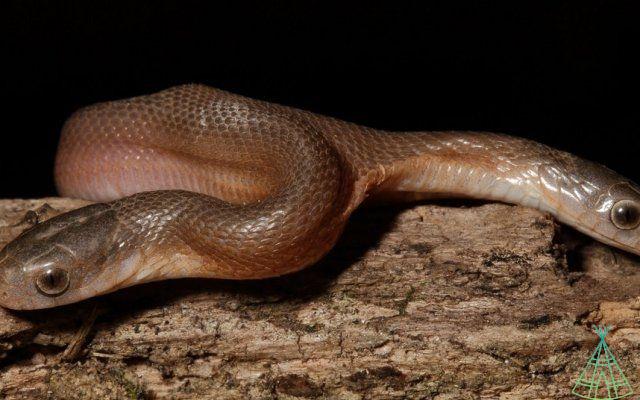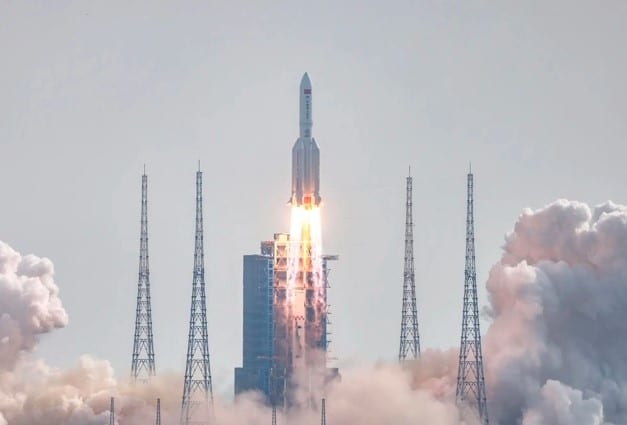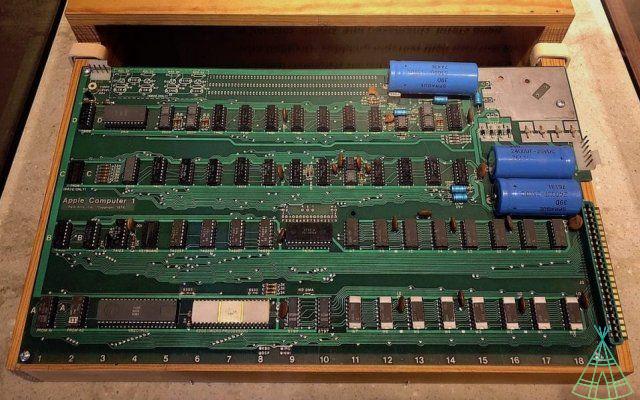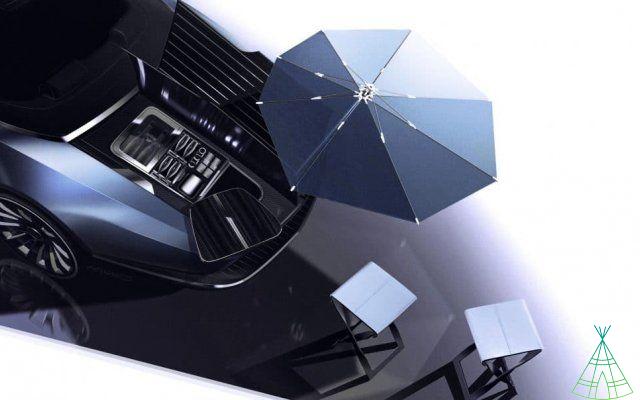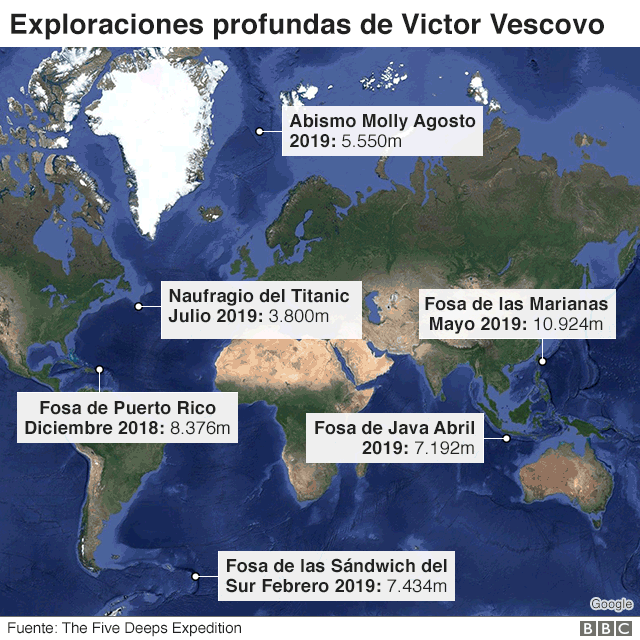An article published this week in the online version of the Journal of Southern Hemisphere Earth Systems Science describes the discovery of a new type of tropical cyclone off the coast of Sumatra (the sixth largest island in the world and the largest entirely belonging to Indonesia).
According to the Science Alert website, the finding was thanks to an effort by the authors to better understand contrasts in ocean temperature in the Indian Ocean.
@Flinders oceanographers identify a new class of atmospheric tropical cyclone near Sumatra in the Sth-East Tropical Indian Ocean (SETIO), called ‘SETIO Cyclones’.
After observing satellite surface winds, they found SETIO’s are short-lived & develop often in winter & spring. pic.twitter./gFgSHgLy3c
— Matthew Pantelis🎙 (@MatthewPantelis) November 26, 2022
They identified that single, short-lived storms occur on a cyclical basis in the southeastern ocean. These storms tend to start to rotate in the winter and spring (in the Southern Hemisphere), when the equatorial west winds meet the northwest winds.
Scientists are quite familiar with the movement of large volumes of air near the equatorial westerly winds during the summer months, specifically known as the Intraseasonal Boreal Summer Oscillation. The periodicity of these oscillations, however, did not match the patterns of storms, which motivated the researchers to investigate further.
According to daily atmospheric data, only three significant cooling events have occurred off the coast of Sumatra since 1988, and these anomalies seem to follow the lack of cyclone activity.
According to the researchers, the results are very similar to the cooling force of the El Niño-Southern Oscillation (ENSO), which occurs in the eastern equatorial Pacific.
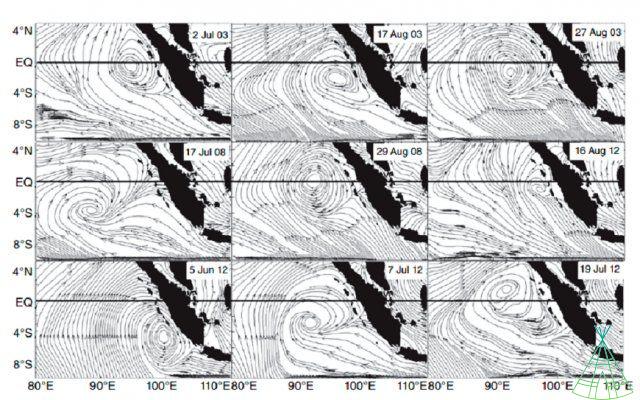
In the equatorial Indian Ocean, the difference in sea surface temperatures in the western and eastern tropical zones is known as the Indian Ocean Dipole (IOD), and appears to be closely linked to cyclone activity near Sumatra.
During the formation of a water-warming cyclone in SETIO (Southeast Tropical Indian Ocean), northwesterly winds intensify, while westerly equatorial winds weaken.
The entire event takes place over the course of about 10 days, and during each IOD season (July through September), about five SETIO storms occur on average—a cumulative duration of about 50 days.
"Dramatic changes happen in a few years, when SETIO cyclones do not develop, and environmental winds trigger the appearance of cold sea water over a wide area, strongly disturbing winds and precipitation patterns over the Indian Ocean", says the oceanographer Jochen Kaempf of Flinders University in Australia in a single.
According to Kaempf, the westerly winds flowing around Sumatra have been noticed by scientists before, but it was never understood where they came from. "This frequent occurrence of SETIO cyclones explains their control over the mean equatorial zonal winds in the eastern Indian Ocean, which are otherwise almost absent."
During a SETIO cyclone, upwellings of cold water in the southeastern Indian Ocean are suppressed by northwesterly winds – similar to the way winds off the coast of Peru control La Niña upwellings. "Thus, wind disturbances strongly modulate coastal upwelling intensity and associated [sea surface temperature] anomalies in both oceans," say the authors.
Read more:
- Giant cyclones at Jupiter's poles baffle scientists
- Ozone depletion in the Arctic brings climate anomalies in the northern hemisphere
- This 23-year-old built a weather station in his backyard
However, the intensity of the equatorial upwelling is markedly different. “In the Pacific Ocean, easterly trade winds induce continuous equatorial upwelling, which is reinforced near the Peruvian coast,” says the study. "Due to the effect of SETIO cyclones, equatorial winds in the eastern Indian Ocean tend to be generally westerly and therefore operate to suppress equatorial upwelling."
The researchers believe that better prehension of SETIO cyclones is of utmost importance. These storms influence the Indian Ocean Dipole, which in turn strongly affects the weather and rainfall in neighboring nations.
Understanding the behavior of atmospheric and ocean currents in this part of the world will help to improve local climate models, allowing experts to better predict where rapid global warming is going and to better prepare for future disasters.
Have watched the new videos on YouTube from Technology Refugee? Subscribe to the channel!






